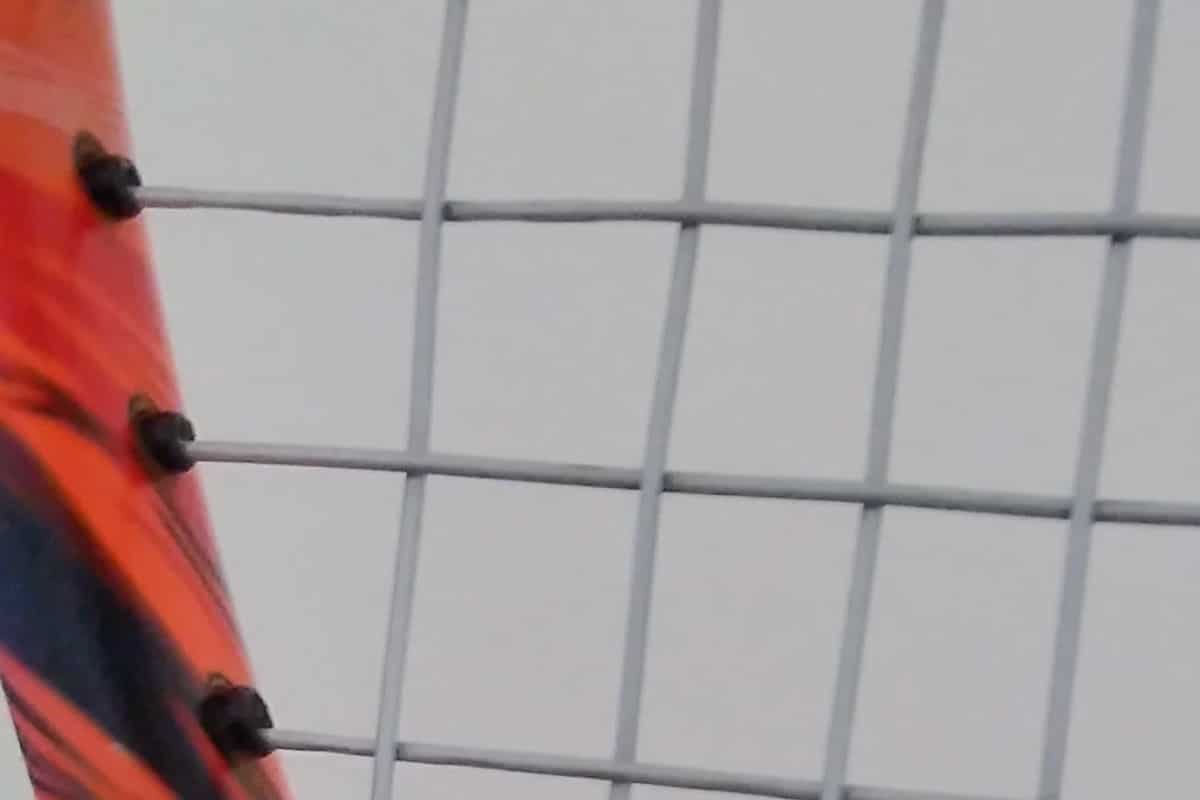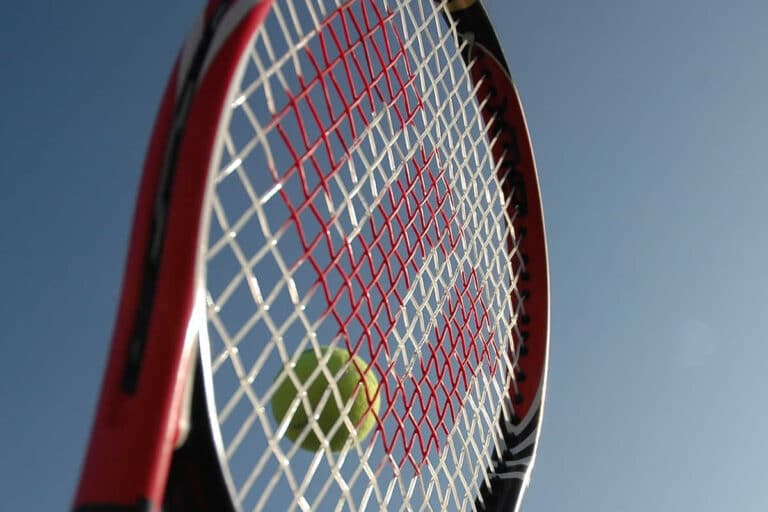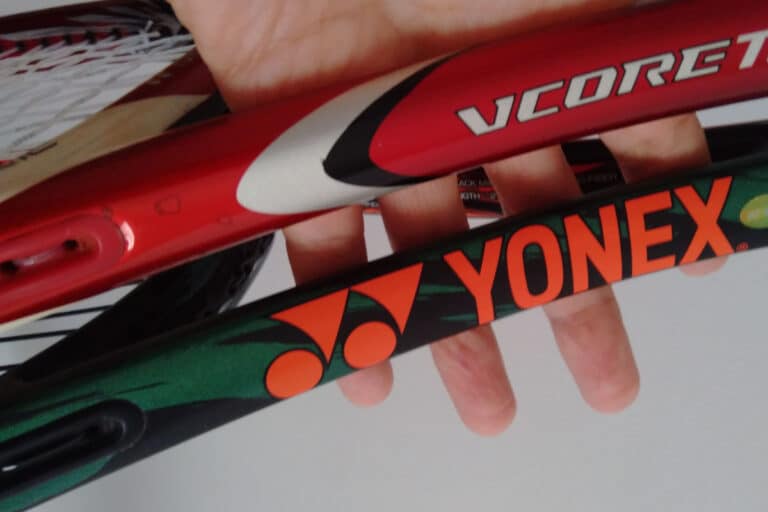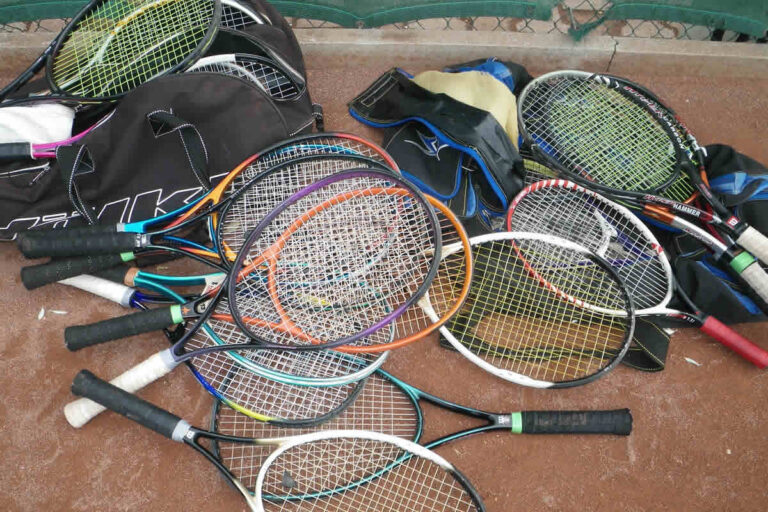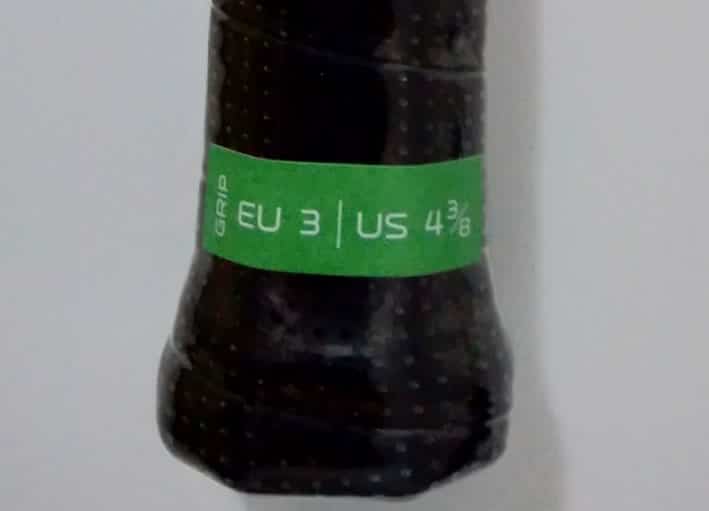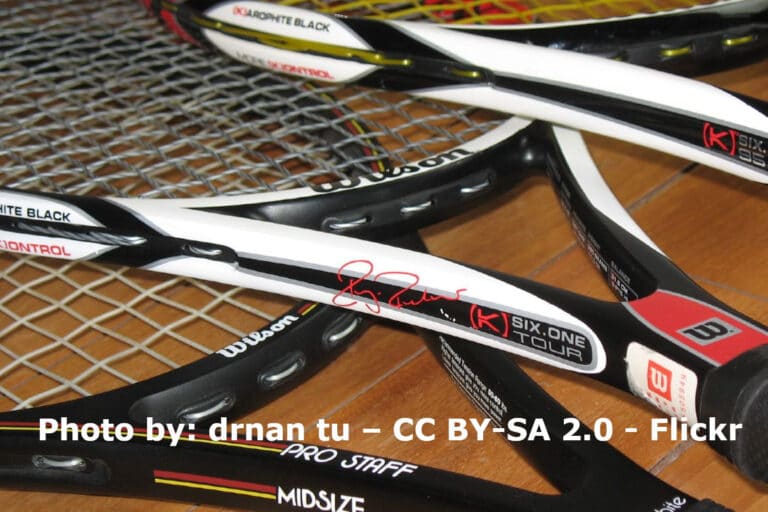How Many Holes Are in a Tennis Racket
One day I asked to myself, how many holes does a tennis racket have? I went to my racket and started to count, but I realized that this number may be different depending on the model.
First, I was just curious, but it became an educational search to better understand the difference between rackets, in the following text I will tell you what I discovered and some curiosities.
A Tennis racket has between 66 and 76 holes that are used to pass the strings, not all have the same amount and it varies according to the string pattern of the racket.
This is not to say that there are no models of tennis rackets that have less or more than 66 and 76, but that most models today have this amount.
Before continuing, also be sure to check out the list I made of the difference between beginner and intermediate Tennis rackets by clicking here and this article about the grip size.
The number of holes of a Tennis racket by the string pattern
You don’t need to spend your time counting the holes in your racket or of that model you saw on the internet, you can do the count by string pattern.
The string pattern indicates how many strings there are diagonally and vertically on the racket head, this information is very easy to find out since all stores inform in the description of the racket.
One of my rackets, the Yonex Vcore Duel G, has the string pattern of 16×20 (main x cross), that means it has 16 strings on vertical and 20 on horizontal, in total it has 66 holes, the calculation would look like this:
(16*2) + (20*2) = 32 + 40 = 72
72 – 6 = 66
To know how many holes it has, just multiply by 2 the values 16 and 20 to then add the result, but is not always like that, that’s because some rackets share some holes with 2 strings.
On my racket there are 6 holes that are shared with 2 strings, so you have to decrease that number with the result to know how many holes the racket actually has.
I took a picture of the four corners of my racket and showed what holes are shared in the following image.
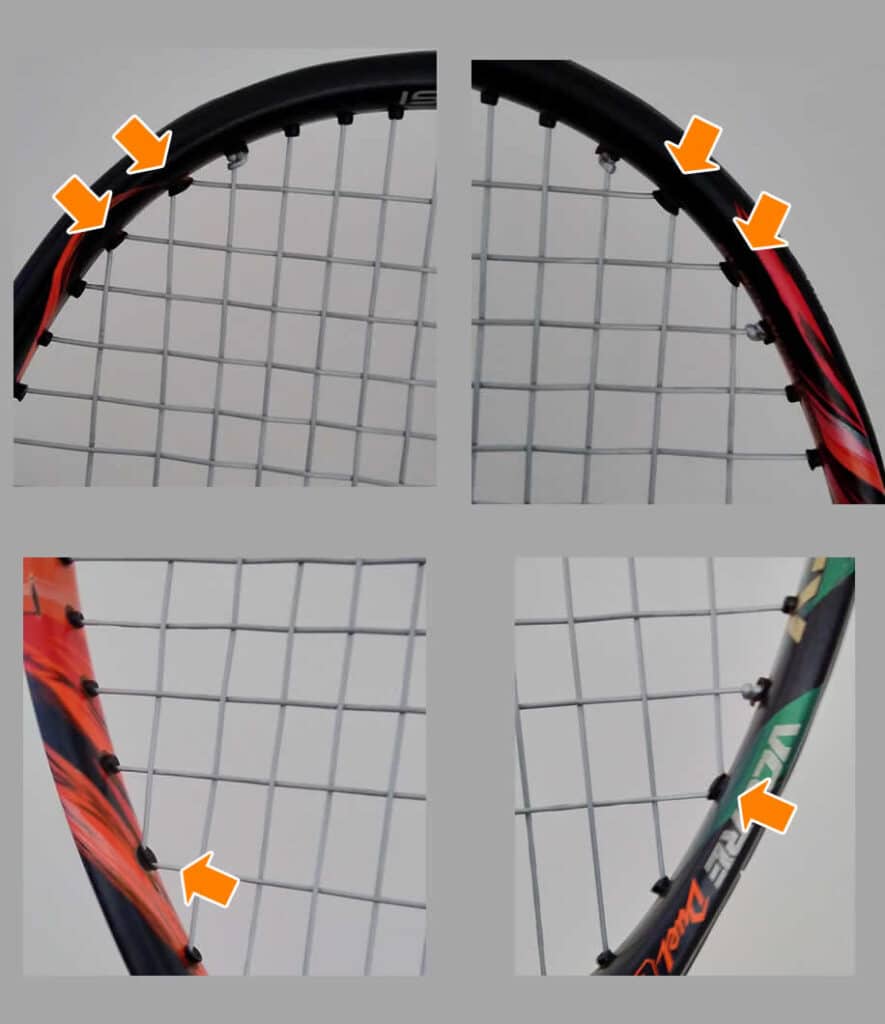
To know the number of holes in the racket is not enough just the pattern of strings, you need to look at the photo of the head of the racket with strings to realize the holes that share strings.
I have another racket of the same brand with the same string pattern and the number of holes is different because it does not share any holes for 2 strings.
My Yonex Vcore 98 Team is also 16×20, but as you can see from the image below, it has a hole for each string and doesn’t share any of them, so it has 72 holes in total.
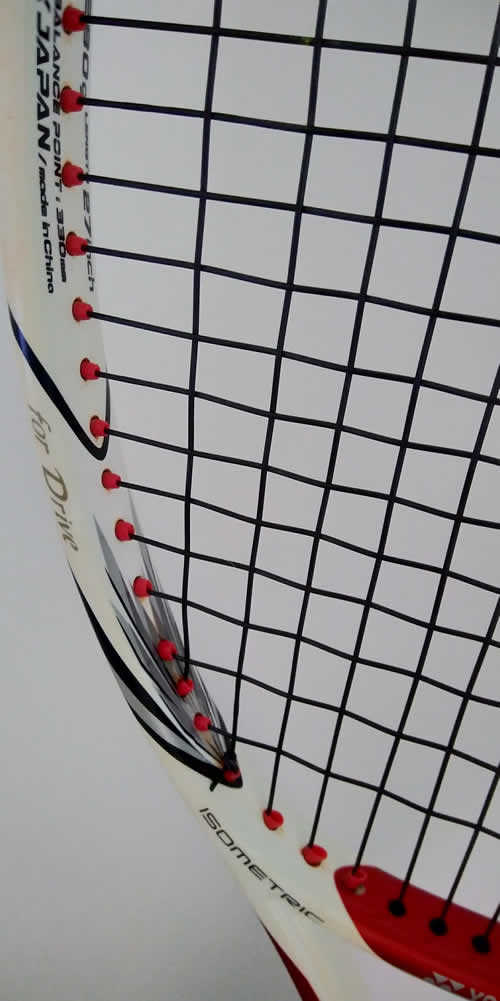
Some stores or manufacturers specify how many holes receive two strings, look for the description “Shared Holes”, in this item will be listed some numbers accompanied by letters, they are the identifiers of the hole that is shared.
The right Grommets for your Tennis racket
The Grommets are pieces of plastic that stay in the holes of the racket to protect the ropes increasing their longevity, with time and constant use they wear out and eventually you have to change.
You can find some Grommets that sell separately, to change it you take the strings off of the racket and strip the old Grommets manually with the aid of a tool, pliers for example, to put the new, just fit in the place without the use of any kind of glue.
Knowing that the number of holes in a racket is different, be careful not to buy any kind of Grommets, get the one for your racket model, you saw from the previous example that even rackets of the same brand and line have a different number of holes.
Logically, the racket with shared holes will have some Grommets with different measurements of one that has no shared holes.
It’s a good thing I researched the racket holes in case in the future I wish to change the Grommets, so I won’t think every Grommet will fit into my racket.
Interestingly, I found that in rackets for more power, the Grommets are wider, because then the rope will have more room to move freely, and that the rackets made for more control have narrower Grommets.
Important to know: If the racket have wider Grommets, the string will move freely and can break easier than in rackets with narrower Grommets.
The interesting thing is that every detail in a racket is important to determine what style of Tennis you want to play, so it’s good to choose a racket that shapes more to your type of game.
There are other factors that influence the racket to be better for a particular style of play, one of them is the size of the head, I did a Post here in this link about why professional tennis players use rackets with smaller heads.
The weight is another factor that changes the way the racket behaves, click here to read more about heavy rackets.
Why are There Tennis Rackets With and Without Shared Holes?
In the past, it was much more difficult to drill the holes near each other in wooden rackets, there were more rackets with shared holes, today the technology and material allows to drill accurately and facilitates the use of individual holes for the ropes, now most rackets have individual holes.
But my Yonex racket isn’t old and yet they made it with shared holes, why is it? I’d say it’s by preference or so to speak, so that the racket behaves in a different way from the others.
When you share the hole of the string, the spacing of it also changes, that is, the distance between the holes will be different from one racket to another even if it has the same string pattern and the same head size.
So, when a racket manufacture wants a certain string pattern combined with a spacing, they can choose to leave some holes shared, usually they have an idea of the ideal design that the racket strings will have on it and want that same space in a different size of the racket head or even the shape of it.
If you’re wondering if it’s better to use a racket with shared holes or separate holes, know that there’s no reason why either shape is better than the other.
I’ve personally never have put strings on a racket, but after knowing this I imagine that stringing the rackets with shared holes should give a little more work or attention, because I think is more common to string a racket without the shared holes.
Before you go, take a look on the research I’ve made about the average weight of pro Tennis rackets here in the blog.

